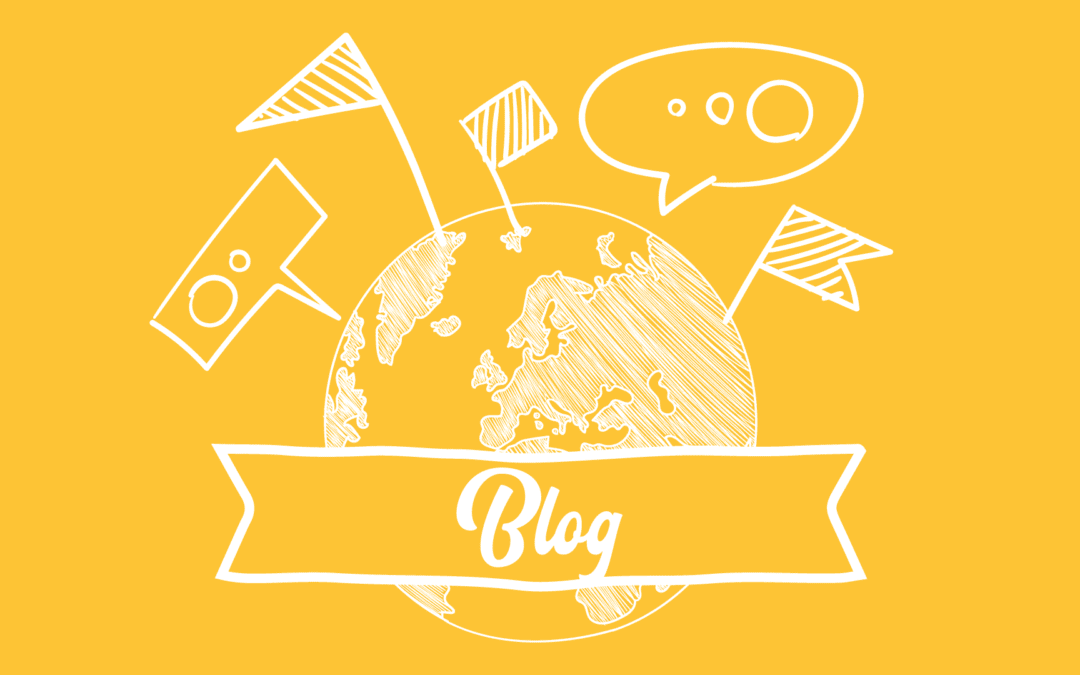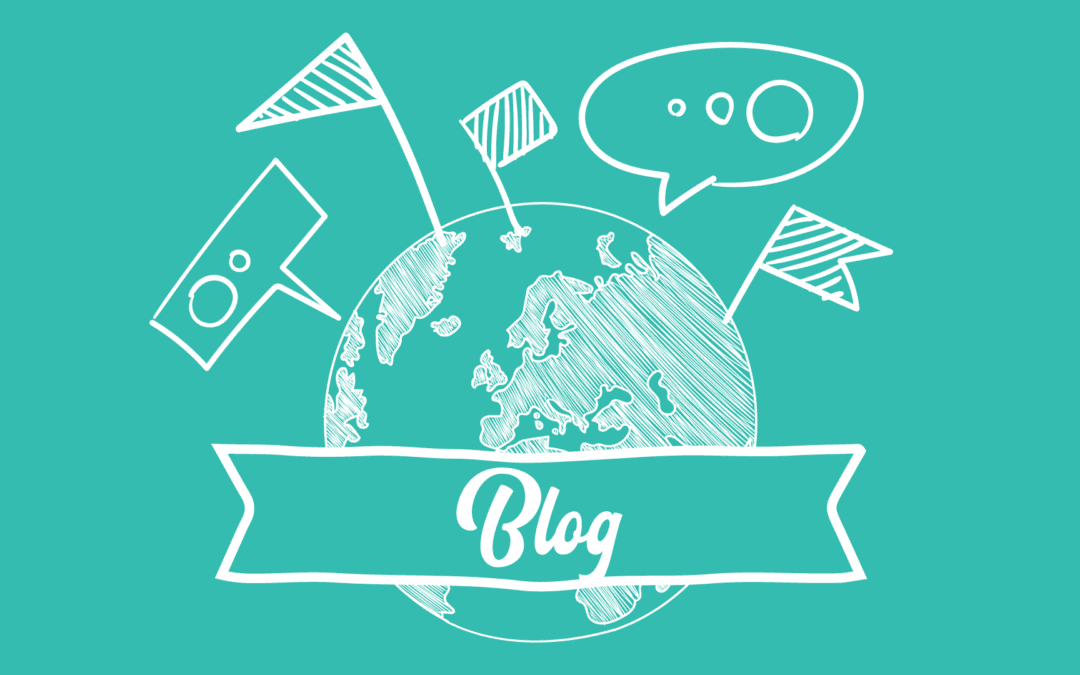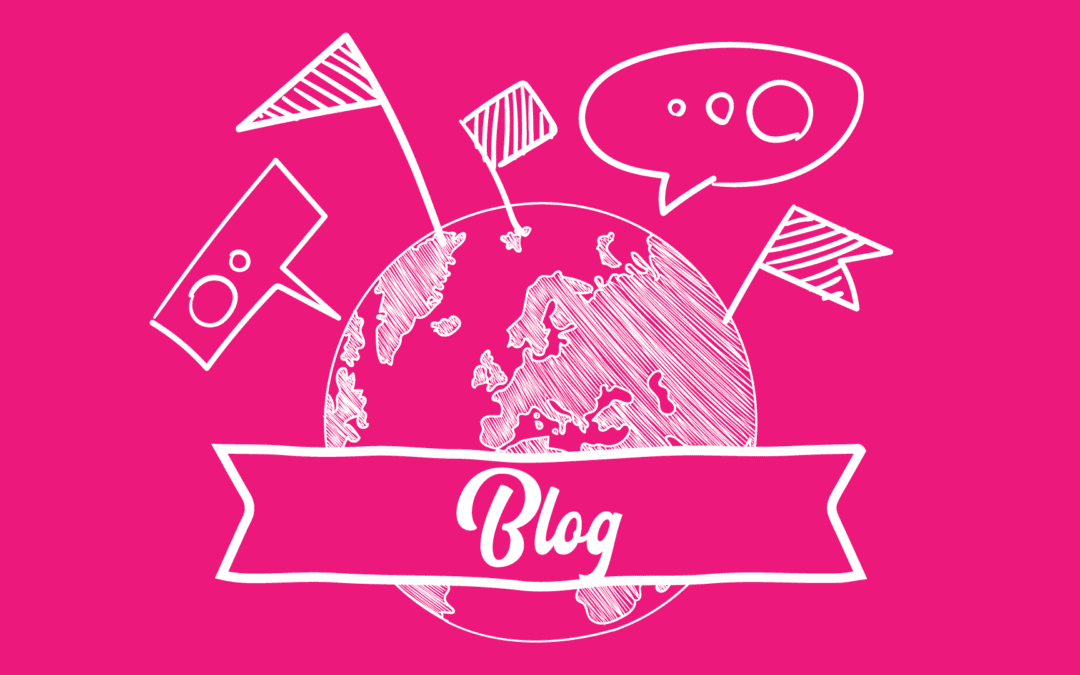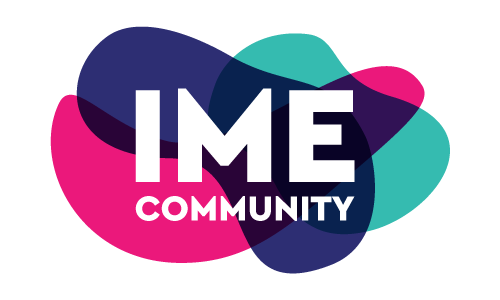
by Dr.Karla, ActivistMD | Oct 23, 2023 | Parenting and Teens
My daughter wanted to go to Target which is nothing new. She’s 19 and is a consumer of skin care products and sunscreen, knowing much more about the latest and greatest than her pediatrician mother. She’ll be shocked at the sticker price when we finally make it to self check-out and will offer to take one of them (not the most expensive one) back, knowing I won’t want to deal with it, so will give in. We’ll get home with stuff and I’ll never know if it works or not.
It’s our first home from college summer and it’s going so well, mainly because I’ve finally learned to stay in my lane. I’ll say to my husband while patting myself on the back, “This is the best summer. I have to give Audrey all the credit. She’s really learned to let go of stuff.”
Until tonight at Target. It’s 7:30 pm on a Sunday and I never give up an opportunity to connect with Audrey. It’s always been on her terms and she knows it. Sure, I’ll take you to Target. Oh, my friend Ava may be working tonight. She saw you and Dad buying a pillow the other night at Target. Yes, Violet peed on Dad’s pillow. I know. Gross. She peed on the bed. Damn, Violet.
She said you guys didn’t say anything to her. We didn’t see her. We don’t really know her. You know how we are. We would always say something. We go overboard. Both of us. You know that, Audrey.
We were doing great in the make-up and skin care section. I was silently applauding myself for not saying anything and acting like I wasn’t judging her selections out of my “bombastic side eye” (TikTok viral trend- get with it, friend) when we made our way by the toothpaste aisle. First, I went to get my husband his 3 in 1 shampoo and Audge was still in the make-up/skin care section. Excellent.
We were walking together by the toothpaste aisle when she saw one of her friends and said hello and we kept walking. I walked a few feet down the toothpaste aisle, grabbed the Colgate whitening value pack (won’t work on our old yellow teeth), literally turned away for a few seconds and Audrey and our cart had vanished. Like out of thin air. I wasn’t panicked at this point at all. I calmly took my value pack and kept going on the main aisle as my strategy, looking down each aisle, but no Audrey. Maybe she went to the grocery aisle to get some LaCroix or stock up on the food she says we never have at home. How could our food be worse than the college food she’s complained about all year, giving her scurvy. According to her, just look in our home fridge.
Nope. Not there. Go back to get toilet paper and kleenexes, looking like Steve Martin out of The Jerk, “All I need is this paddle ball, and this chair and this….” All I needed was a cart. I put my stuff down in the old DVD section to get my phone which wasn’t there! I had no phone, no Audrey and NO CART!
I’ve lost my daughter. You could see the franticness on their faces, then reassurance when I said, “She’s old.”
Later recounting my side of the story, Audrey says, “Mom, I seriously doubt they took one look at you and thought you had a toddler.” Is this why Audrey is obsessed with buying all the latest anti-wrinkle age prevention creams on the market?
If you go back to the front to get a cart it will look like you’re trying to steal toilet paper and kleenexes and value pack whitening toothpaste.
Damnit, Audrey. Are you messing with me?
Then, I hope she’s okay. I went through the grocery aisles, the home goods aisles, then back to the make-up skin care area, found a Target employee who told me I had to go to customer service to page her overhead.
I decided to make one last attempt before going to the front. I stood at the multi-vitamin supplement section without going to look down the aisles (big mistake) and yelled her name, “Audrey. Audrey! AUDREY!” I found out later she heard me but was too embarrassed to answer.
I went to check out and went to customer service. They let me use their landline and I tried calling her, must have called the wrong number, then called my husband and told him to call Audrey and tell her to go to the front of the store.
“Maam, do you want me to page her overhead?” Yes, definitely. Please. When I’m in panic mode, I want all options to be utilized.
While she’s on the phone with her Dad, she hears, “Audrey to the front of the store. Audrey Lester come to the front of the store. Audrey to the front of the store.” About six times.
She and her Dad burst out laughing at the ridiculousness.
Audrey comes up pushing the cart shaking her head. I grab my items and walk back through and there’s Audrey, “Why didn’t you bring your phone?” “Why wouldn’t you bring your phone to Target?” “Who doesn’t bring their phone to Target?”
“Why did you ghost me, Audrey?”
“Why did you page me and use my last name like 6 times?”
I was super worried about you.
“Must not have been too worried if you checked out before finding me?”
I knew this first home from college summer was too good to be true.
Ava walks up because she heard Audrey’s name called overhead so met her up front.
“Hi Ava. I’m Karla. I’m Audrey’s Mom. Do you like working here at Target? What area do you work in? How long have you worked here?”

by Dr.Karla, ActivistMD | Sep 29, 2023 | Self Care, Teen Health and Wellness
What are your top 5 reasons for eating sugar?
I’m going to teach you some sugar awareness. Sugar is everywhere and it’s super powerful. To say, “Oh, just stop eating sugar,” is absurd. It doesn’t work and it will backfire, making the sugar extra delicious and create more desire. Plus, you don’t need to stop eating sugar. That would be super boring. If someone told me to stop eating ice cream, they would probably get hurt!
The thing is because our food system is a dumping ground for processed sugar, making the food what’s called “hyper-palatable”, so super yummy. That means our bodies end up being a dumping ground for added sugar, Plus, if you’re a teen, you are exposed to tons of digital marketing tactics from food companies that research shows activate four craving pathways in the brain. Awareness is powerful. Nerdy science is powerful.
What are the reasons you eat or drink sugar?
How do you use sugar in your daily life? Is it for energy? When you’re bored? Habit? It’s just there? Does it simply taste good? A reward for doing something? Tired? Pleasure? No idea? Do you eat sugar when you’re judging or shaming yourself? Peer pressure?
Usually, when we have an urge or craving, there’s a thought that comes up that’s either a judging or shaming thought or a reward thought. So, it’s like either your negative self-talk voice comes up in your brain judging you or giving you permission, like, “Go ahead, you deserve it.”
Sometimes when I eat sugar, my brain gets hijacked and I just keep eating it. It feels impossible to have just one or two. That happened to me recently at a family reunion. The stress of being around people and trying to manage my emotions, my brain was like, “Um, no. Those mini cupcakes are mine.” By the way, I just said to myself it makes sense and went on with my day and didn’t shame or judge myself. That’s the number one trick is to not judge yourself, but to be more aware of what’s going on with your brain and body. That’s a coaching trick called Write it down and move on. I will teach you more later.
How can you find a sugar balance?
Start by thinking about when you usually eat sugar and why? Write down the reasons you eat sugar. Start by writing down the top 5 reasons you eat sugar. These are mine:
- Taste
- Feels like a Reward
- Boredom
- Tired
- It’s there and I’m stuck in a habit
Next up, I will teach you how to add up how much added sugar you’re eating on the daily.
Be a curious scientist,
Dr. Karla

by Dr.Karla, ActivistMD | Sep 29, 2023 | Self Acceptance, Self Care
Is that a tongue twister? Typo? Copy and paste?
Nope.
One of the first coaching tools I teach you about is story vs. facts. Your brain is a story making machine. Your brain is a meaning-making machine. Your brain has negativity bias.
As a human, you attach meaning to the thousands of thoughts swirling around in your brain. It can be exhausting. Why does it matter? The reason it matters is because your thoughts create your feelings which drive your actions or inactions. Everything you do or don’t do is to make you feel a certain way or avoid feeling a certain way.
If you’re stuck not taking action, it’s because you have an attachment to a belief or beliefs about yourself that are creating a feeling of shame, powerless, helpless, unmotivated, or defeated, tired, sad, and on and on. It’s like you’re stuck like paint on a wall to a thought. You are choosing to stay attached to a thought that doesn’t serve you.
Get curious and start with thought awareness. Thoughts are like a rainbow. They come and go in your mind.
Beliefs are powerful thoughts on a loop in your brain. I believe that beliefs are a way to organize all the thoughts. It’s like we’ve got a big filing cabinet and self-beliefs are a whole drawer.
Self-beliefs are optional. The problem is without creating awareness of your thoughts or beliefs or the story, you will keep staying stuck.
Let me give you an example.
I was coaching a teen who feels guilty every time she eats. Her brain tells her, literally every time she eats any food, “You shouldn’t be eating this.” Her relationship with food is her punishing relationship with herself. It feels safe. Restriction is control. I know it well.
I didn’t argue with her and I didn’t convince her to believe a different story. We coached on how the rigidity comes up in her body, described it as a metaphor, and how she can recognize and take a pause. She wasn’t ready for that. The restriction feels good to her. It’s a powerful addictive obsessive pathway in her brain. It’s perfectionism. It has nothing to do with food or weight. It feels safe to her and if it leads to binging, then so be it. Binging is a powerful relief, followed by shame, doubling down on restriction and so the cycle goes. She’s stuck in the extremes, pinging back and forth, all coming from the story she keeps believing about herself.
What would it feel like to have a softer kinder approach? To feel like food is food?
“I can’t.”
When you learn to drive, you learn that you don’t have to slam on the brakes. Just let up on the gas. Let up on the self-punishing accelerator.
“I don’t know.”
I let up on the coaching accelerator. Don’t argue. Don’t convince. There’s a little crack in the darkness where a bit of light is shining through.
I know what you’re thinking. “Hey, Dr. Karla, how do you not cry when you’re coaching a teen who says this?” Let me tell you, I hold it in and then once I click the end meeting for all button on zoom, I do cry. The reason I cry is because I adore her and I send up a little prayer or positive vibes into the metaverse, “All good things for ______.”
I emailed her Mom to let her know her daughter’s thought model, and asked her Mom to be on the next coaching session. I also asked her Mom to connect with me on zoom. I’m not licensed in her state, so she couldn’t be a patient in my Metabolic Telehealth clinic (drkarlamd.com), but I decided I needed to put on my medical hat with this one. I don’t give medical advice, but education and sharing resources.
What do you want to let go of?
Most of the time it’s hard to let it go because that negative self-talk voice is so strong and has served a purpose for so long.
You are worthy of this work. You are unbroken. You are enough. Always.
Self-kindness (not self-loathing) is the key to your health goals,
Dr. Karla

by Dr.Karla, ActivistMD | Sep 29, 2023 | Self Care, Teen Health and Wellness
I was recently coaching a Mom of a teen who wanted my help with her daughter who has struggled with her weight “all her life”.
Her daughter is 17 and is begging her Mom to let her take the new GLP-1 medications (saxenda, wegovy, ozempic, mounjaro) and Mom is full of questions and concerns. Mom also has hope that the new medications may help her daughter.
“What are they and how do they work?
“What are the side effects?”
“Are there studies on long-term effects?”
“Are they forever medications?”
“Do they work?”
“Will they cause an eating disorder?”
“How do you get them?”
“Are they covered by insurance?”
“Is there more than one to try if the first one doesn’t work?”
“What are the other things we need to work on?”
GLP-1 receptor agonists work by reducing the appetite and feelings of hunger, slowing the release of food from the stomach, and increasing feelings of fullness after eating. Some, like mounjaro, have the added action of “quieting the mind” through acting on the G1P receptors in the brain.
- Wegovy is semaglutide, a GLP-1 receptor agonist and is given as a weekly injection. It’s approved by the FDA as an Anti-Obesity Medication for 12 years and up.
- Ozempic is lower dose semaglutide, approved by the FDA for treating type 2 diabetes for 18 years and up.
- Liraglutide, also known as Saxenda, is approved for 12 years and up and is a daily injection, and is more easily covered by insurance.
This is just information and is not a recommendation for use of these medications. There are many considerations to take into account before prescribing the medications. Also, you should know I have zero ties to the pharmaceutical industry and zero conflicts of interest.
It’s a nuanced, individual, medical, ethical, and family decision to determine if a teen patient should try a medication like wegovy. If you’re ready to start the conversation, check out Metabolic Telehealth for children & adolescents at drkarlamd.com.
Science is the best,
Karla Lester, M.D., Pediatrician & Certified Diplomate of the ABOM

by Dr.Karla, ActivistMD | Sep 29, 2023 | Parenting and Teens, Self Care, Teen Health and Wellness
You just heard St. Elmo’s Fire by John Parr and I started your 80’s Mixtape with You spin me round by Dead or Alive. Playlist for the day is almost all top hits from August of 1985, so 38 years ago. It’s got an industrial feel, so I thought we’d talk about the top benefitters or profiters of America’s poor health. That’s what it’s all about, right? Toxic profits and for just a few.
The very concentrated few. You’ve heard of the Military Industrial Complex. Well, I’m here to tell you about the Industrial Complexes that have created and profit from the epidemic of obesity, type 2 diabetes and on and on. Especially in children and teens and now for generations.
These are not in any order of their toxicity. First is Big Food or the Food Industrial Complex. Next is Big Pharma or the Pharmaceutical Industrial Complex. Not to be outdone, Big Healthcare or Corporate Healthcare, which is what all of healthcare is, comes in as the Healthcare Industrial Complex. Let’s not forget Big Diet or the Diet Industrial Complex profiting off of promotion and glorification of eating disorders.
I’ll tell you more during the next break about the most powerful industrial complex and it’s subterranean and has all the control and reaps all the profits and has tons of feeders.
Here’s We don’t need another hero by Tina Turner. When it comes to your health, you need to be your own hero.
It can happen by Yes. That’s from 1984.
Spanish Eddie by Laura Branigan from 1985.
Lay it down by Ratt. That’s Ratt with two T’s for everyone in the back.
Now, let’s go with Wham Rap by Wham.
Invincible by Pat Benatar
Would I lie to you by Eurythmics. Of course, they would. That brings me to the next Industrial complex which I believe is super powerful and has tons of feeders and perpetuates our poor health and is a major influence on children and teens. Any guesses? It’s what I call the Media Industrial complex. Social media, Influencer culture, toxic wellness industry, digital marketing. Let’s call it Big MIC. Teens have high exposure to: digital advertising, peer-group influence, and they have developing brains with cognitive and emotional vulnerabilities. Food marketers are stealth and use three main promotional platforms:
Broadcast/mass media food packaging, TV, billboards, magazines
Digital marketing
Settings-based like schools, movie theaters, restaurants, stores, clubs, and transit systems.
In honor of us disrupting the toxicity of the Big Media Industrial Complex, BIg MIC, This is Hey Mickey by Toni Basil.
Thank you to my daughter, Audrey for her research on marketing tactics and children and teens.
If you’re ready to help your teen be their own health hero, connect with me for a coaching consultation.
If you’re ready for a metabolic telehealth consultation, go to drkarlamd.com and schedule a consultation today. No referrals needed!
Send me your 80’s requests,
Dr. Karla



